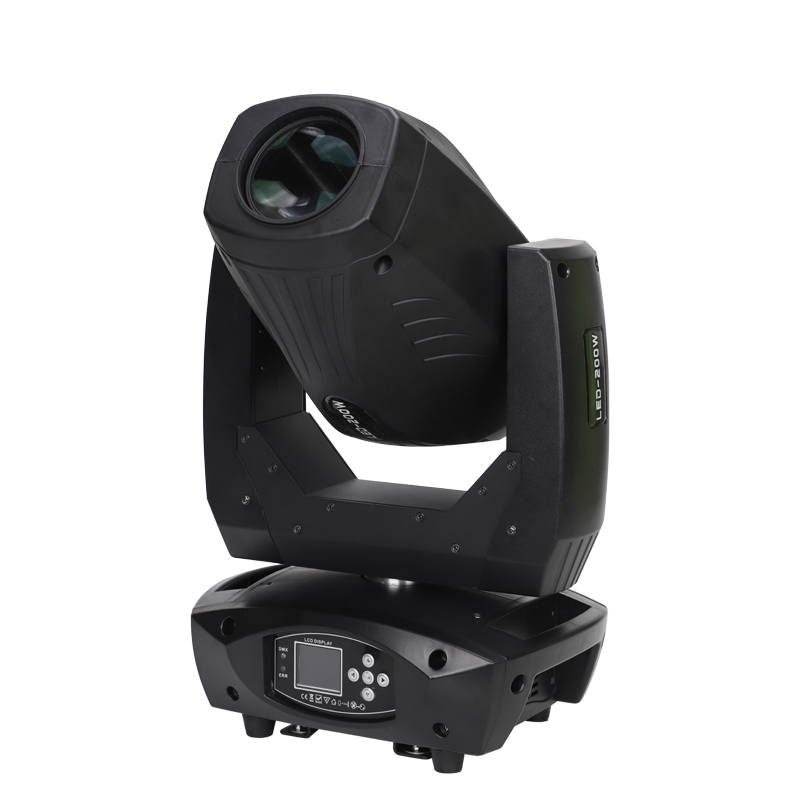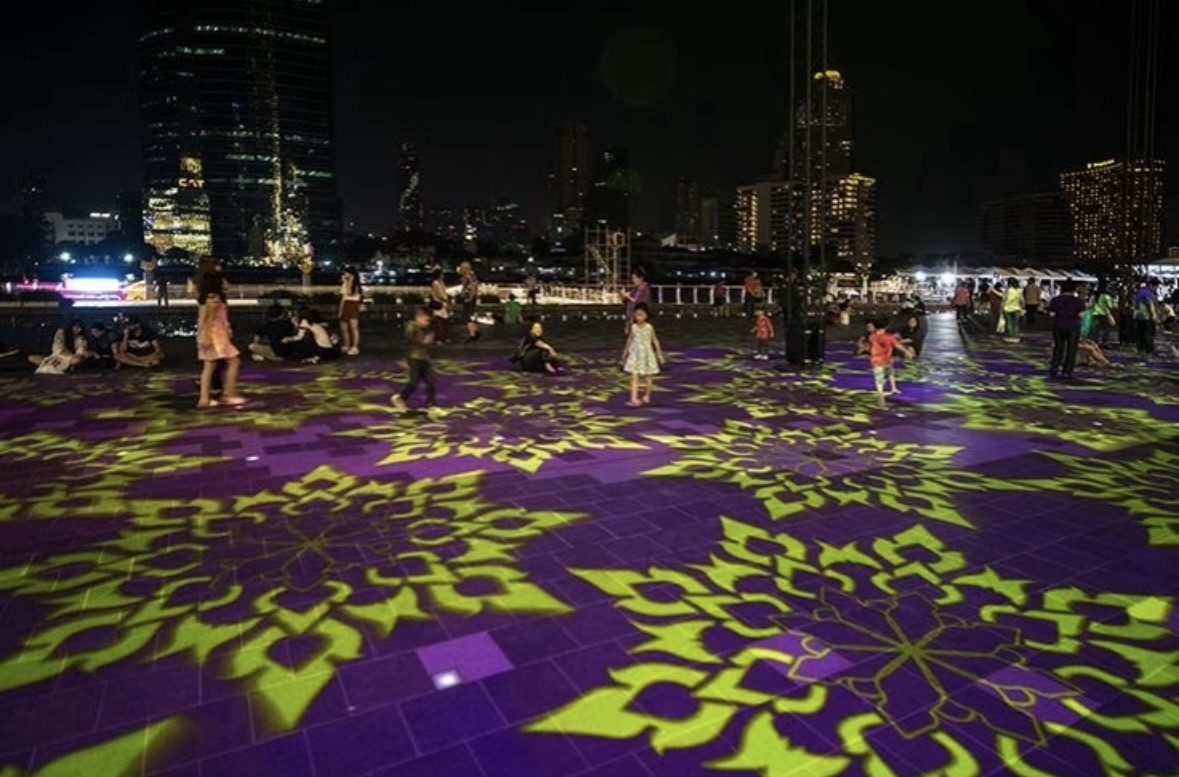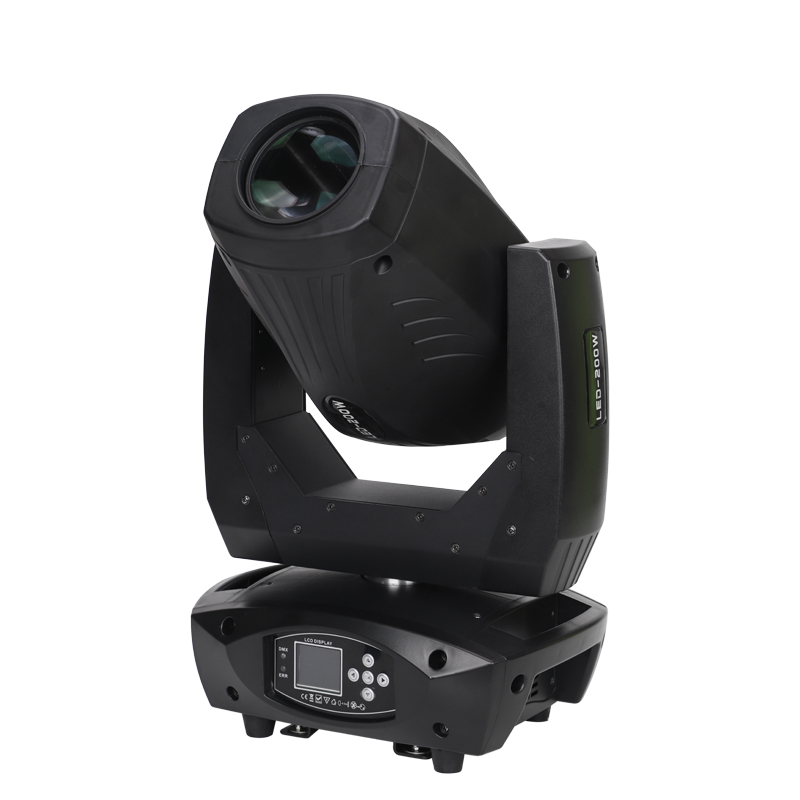Introduction: Lighting as a Narrative Partner
In the world of theater, scenic design builds the physical environment—but lighting brings it to life. Every brick wall, painted backdrop, or stylized set piece gains dimension and meaning when lit intentionally. To elevate visual storytelling on stage, lighting must do more than illuminate—it must enhance, shape, and unify the scenic composition.
This article explores how designers can use lighting to support scenic design in theater, with a focus on flexibility, texture, and precision. We also highlight two versatile tools: the LED 200W Beam Spot Wash Moving Head Light and the LED 300W Profile Spot Light.
1. Shaping Space with Light and Shadow
Scenic design creates the physical boundaries of the stage. Lighting defines their depth, texture, and function. A carefully placed beam can elongate a hallway, flatten a wall, or create negative space.
The LED 200W Beam Spot Wash Moving Head Light excels in this area. Its ability to switch between narrow beam, defined spot, and wide wash modes makes it ideal for adjusting visual space dynamically during a performance. This allows lighting designers to sculpt environments in real time, adapting mood and spatial perception with one fixture.

2. Highlighting Architecture and Materials
Each set piece—whether a stone archway, wooden balcony, or translucent screen—has its own material logic. Lighting brings those surfaces to life, revealing texture and emphasizing craftsmanship.
The LED 300W Profile Spot Light offers razor-sharp edges and gobo compatibility, making it perfect for accentuating scenic architecture. By using framing shutters, designers can “carve out” specific elements on the set, ensuring focus lands exactly where it should.
This is especially effective in plays with stylized, minimalist sets, where a single shaft of light defines both space and character.
_fwCd7E.jpg)
3. Supporting Scene Transitions
Theater thrives on transformation. Sets shift, scenes dissolve, and time leaps forward—all with the help of light. Instead of physically changing every element, lighting can alter the emotional tone of a static set.
The LED 200W Beam Spot Wash Moving Head Light provides seamless zoom and color mixing capabilities. Its transition from a cold cyan wash to a warm amber beam can suggest dawn after a storm or a change in emotional state. The motorized zoom allows for rapid changes in focus, expanding the storytelling palette without changing physical set pieces.
4. Texture, Pattern, and Projection
Lighting not only shapes form—it can also add texture and movement to scenic elements. Gobos, breakups, and projection effects can mimic moonlight through trees, rain on windows, or stained glass reflections.
With the LED 300W Profile Spot Light, gobo patterns can be inserted and projected with extreme clarity. This is especially useful in small theaters where actual scenic elements may be limited. One well-focused gobo can evoke a stained-glass cathedral window, transforming a flat wall into an immersive setting.

5. Color Matching and Mood Painting
Scenic designers often work with rich palettes and thematic color schemes. Lighting should complement—not override—those tones.
The LED 200W Beam Spot Wash Moving Head Light features high-precision color mixing, allowing designers to match gel palettes or produce new hues that blend naturally with painted sets and costumes. This control ensures visual harmony across lighting and scenic departments.
Meanwhile, the LED 300W Profile Spot Light's high CRI rating preserves fabric and paint colors on stage, preventing color distortion under intense output.
READ MORE:
Products
Contact us





Blue Sea Lighting is an enterprise with rich experience in the integration of industry and trade in stage lighting and stage special effects related equipment. Its products include moving head lights, par lights, wall washer lights, logo gobo projector lights, power distributor, stage effects such as electronic fireworks machines, snow machines, smoke bubble machines, and related accessories such as light clamps.
Quick Links
For more questions subscribe to our email









